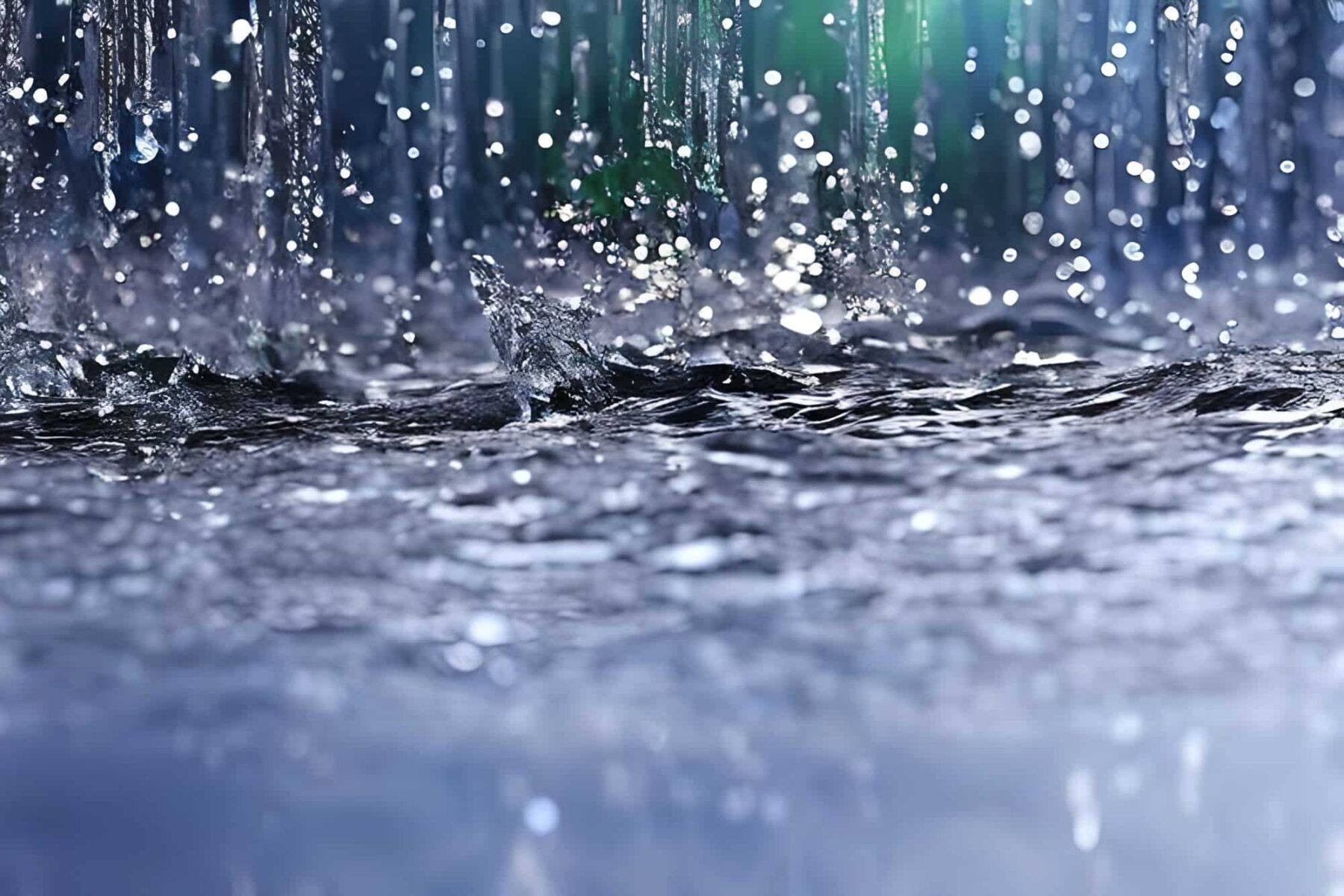He World Water Day The March 22 To highlight the importance of fresh water and advocate the sustainable management of fresh water resources. The day encourages measures to deal with the global water crisis, supporting the Sustainable Development Objective (SDG) 6: Water and sanitation for all by 2030.
In 2025, World Water Day focuses on the preservation of glaciers. UNESCO and the World Meteorological Organization are the United Nations organizations that lead the celebration.
The glaciers serve as natural freshwater reservoirs, which release thaw water that supports the supply of drinking water, agriculture, industry and healthy ecosystems. They provide essential benefits, such as climate regulation and protection against natural hazards.

The preservation of glaciers is vital for the well -being of people and communities around the world. Through the implementation of sustainable management and monitoring practices of glaciers, humanity can protect these frozen reservoirs that still contain approximately 70% of the fresh water of the earth.
Implementing sustainable management practices and promoting international scientific cooperation are vital steps to preserve these critical water sources, guarantee long -term prosperity and promote world peace.
World Water Day 2025
This next Saturday, March 22the World Water Day 2025 And, although these days only talk about rain, environmentalists ask not to forget that, in reality and despite specific beliefs, Water scarcity in Spain is a growing problemexacerbated by the climatic crisis and unsustainable water management practices.
Among the main problems are climate change, which is causing (and will do it more and more according to the IPCC) increased temperatures and a reduction in rainfallthe overexplotación of surface and underground waters and the Intensive agriculture and industrial, which depends largely on irrigation.
These factors are leading to a critical situation in many hydrographic basins, where the availability of water for human consumption, ecological flows and agricultural use are compromised. The Water pollution is another serious problem faced by Spain.
According to the information de Greenpeace, 44% of existing groundwater masses, our reserves for the future, are in poor condition.
Water reserves, on March 17, 2025, are almost 65.8 % (six percent above the average of the last 10 years) and 9 points above the embalmed water on the same date last year.
But not all hydrographic basins are in the same situation. Thus, for example, the Safe Basin is 24.4 %, the internal basins of Catalonia at 45.2 %or that of the 44.6 %Guadalete-Barbate. They are still relatively low values and that, in a short time, can suffer shortage and lack of water.
In some basins, water unwins are already being produced, essential to guarantee the safety of these infrastructure, since they cannot be at the maximum of their capacity because it would be a danger due to overflow or breakage.
In any case, environmentalists warn that the solution does not go through the construction of more hydraulic infrastructure, such as reservoirs, Because they have never been filled and there are already so many large ones -more than 10 m high prey -) to do more would have an unassumable environmental impact.
Although reservoir water reserves are currently six points higher than the average of the last 10 years, it is crucial Do not trust and take action Preventive to combat future droughts in our country.
Some of the actions and measures proposed by environmentalists to prevent next periods of water shortage are:
- Reduce the irrigation surface: A 20-25% reduction of the current irrigation, equivalent to between 650,000 and almost one million hectares until 2040. This measure focuses especially on intensive and industrial agriculture.
- Prohibit new projects that demand large amounts of water As leisure developments, urban or hoteliers, in areas with historical supply problems.
- Improve the control of illegal water use: Locate and close illegal wells, improving surveillance and control of illegal water use.
- Discard the construction of more hydraulic infrastructure: Avoid the construction of new reservoirs or transfers. Limit the use of desalination to exceptional situations.
- Transition to agroecology: Establish a road map for the transition of the industrial agri -food model towards a more sustainable agrarian and livestock model.
- Protection of water collection areas: Establish protection perimeters in all water collection areas.
- Measures of savings and reuse in buildings: Incorporate into the Building Technical Code The obligation that all new buildings include water savings and gray water savings measures.
- Forest management focused on water resources: Increase the budget for forest management focused on the planning and protection of water resources.
- Stop and reduce intensive and industrial livestock: This measure seeks to reduce the demand for water in the livestock sector and the serious water pollution due to nitrates it generates.
- Fight against water pollution: Address the serious state of pollution suffered by continental waters (superficial, underground and coastal).
- Implement ecological flows Scientifically established, in order to keep river ecosystems alive in drought period.
These measures seek to address the problem of drought in an integral way, considering both water management and changes in production and consumption models.
Ecologists stand out that it is crucial to act now, since 75% of Spain is at risk of desertification and 11% already faces a very high risk. Short -term solutions or false beliefs, such as torrential rains compensate for drought periods or that it is necessary to build new reservoirs or desalination makers, are not enough to address this growing problem.

